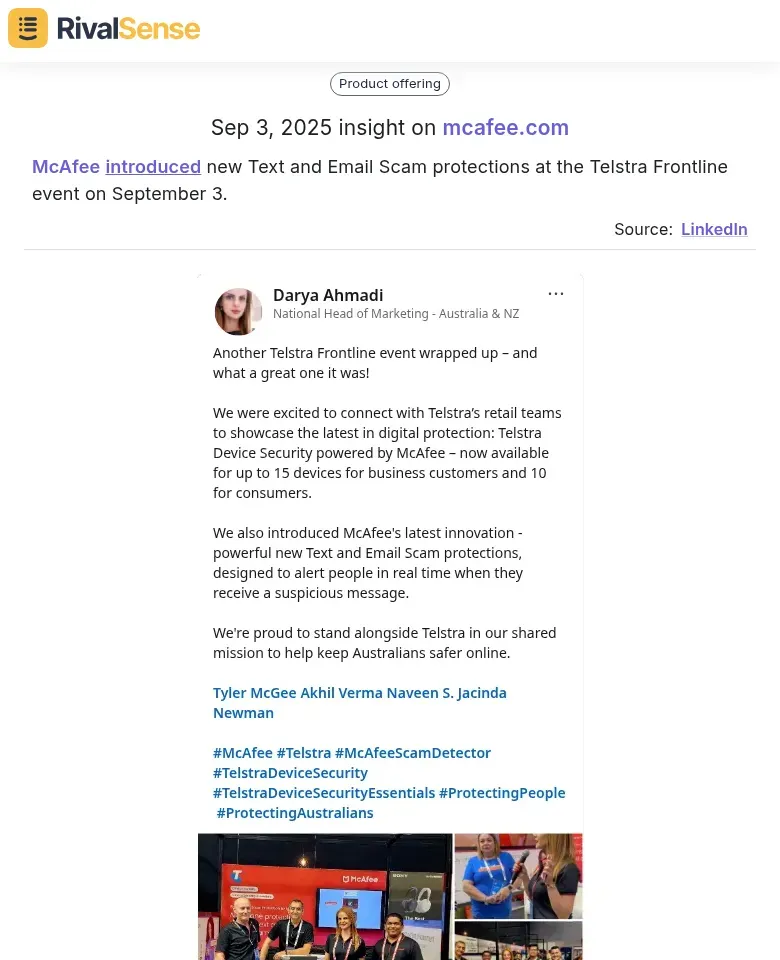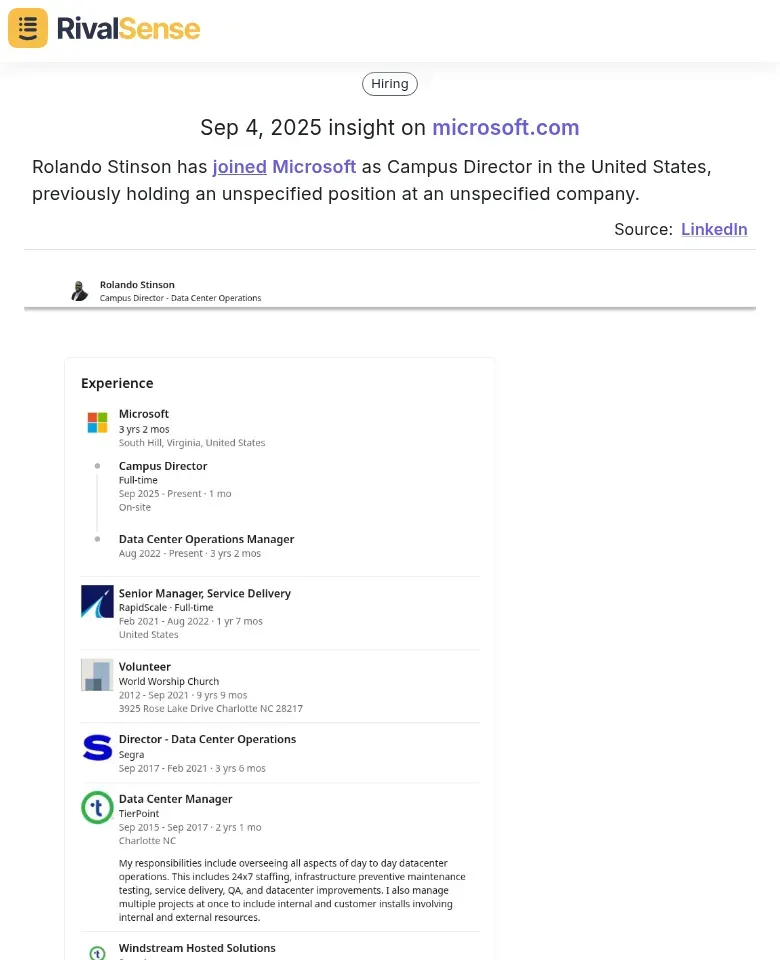Localize Semiconductor Partnerships: 5 Actionable Strategies for Growth
The global semiconductor supply chain faces unprecedented vulnerabilities that threaten business continuity and growth. Recent analysis reveals that 32% of projected $1 trillion semiconductor supply could be at risk within a decade due to climate disruptions, with copper mines—critical for chip production—facing severe drought risks. Geopolitical tensions, natural disasters, and cybersecurity threats compound these challenges, creating a fragile ecosystem where 90% of advanced chips are manufactured in just three Asian countries.
Localization has become a strategic imperative for resilience. Companies that diversify their semiconductor partnerships across regions reduce dependency on single-source suppliers and mitigate supply chain disruptions. The CHIPS Act and similar global initiatives are driving $2.3 trillion in private investments, creating unprecedented partnership opportunities.
📊 Competitor Insight Example: Tracking competitor event participation can reveal emerging market focus areas. For instance, RivalSense detected that Xsolla's Vice President for Latin America Alessandro Biollo participated in the Peru Game Show v2 on September 19-20. This type of insight helps identify where competitors are building regional presence and relationships.

Practical first steps:
- ✅ Conduct a supply chain vulnerability assessment
- ✅ Identify at-risk components
- ✅ Establish relationships with emerging regional foundries
Current market trends show AI-driven demand growth of 15% CAGR, making strategic localization partnerships essential for securing future capacity and competitive advantage.
Strategy 1: Forge Government and Policy-Driven Partnerships
Government partnerships offer semiconductor companies unprecedented growth opportunities through strategic funding and regulatory alignment. The CHIPS Act provides over $52 billion in manufacturing incentives, with companies like Intel securing $7.86 billion and Samsung receiving $4.745 billion in recent awards.
Actionable Steps:
- Register with CHIPS Program Office - Submit pre-applications through chips.gov to access funding opportunities
- Engage Local Economic Development Agencies - Contact state-level semiconductor offices (e.g., California's EDD programs) for matching grants and workforce development funds
- Compliance Preparation - Implement supply chain tracking systems to meet Section 5949 requirements banning certain foreign semiconductors in government contracts by 2027
- Build Relationships Early - Attend regional CHIPS strategy meetings and connect with Department of Commerce representatives during the comment period for upcoming rulemakings
Pro Tip: Layer federal incentives with state programs - many states offer additional tax credits and infrastructure support that can double your funding impact. Start compliance documentation now, as certification requirements are becoming increasingly stringent for government contracts.
Strategy 2: Develop Regional Supply Chain Collaborations
Developing regional supply chain collaborations is critical for semiconductor companies seeking to build resilience against global disruptions. Start by mapping your current supply network to identify strategic regional partners within 500 miles of your operations.
Practical steps:
- ✅ Conduct supplier audits to assess regional capabilities and compliance
- ✅ Implement shared digital dashboards for inventory visibility across partners
- ✅ Develop contingency plans with at least 2-3 regional backup suppliers
- ✅ Establish joint logistics hubs to reduce transportation costs by 20-30%
- ✅ Create standardized communication protocols for rapid response to disruptions
Key insight: Companies like Sharp achieved 30% faster delivery times and 20% lower logistics costs through regional collaboration. Focus on building ecosystems rather than linear chains - this approach helped semiconductor firms maintain 95%+ operational uptime during recent supply crises.
Strategy 3: Establish R&D and Innovation Alliances
Establishing R&D and innovation alliances is critical for semiconductor companies seeking sustainable growth through localized partnerships. Here's how to implement this strategy effectively:
University & Research Institution Collaboration:
- Partner with top engineering schools like Purdue (ASML partnership) and University of Florida (SMART USA Institute) for talent pipeline development
- Create joint curriculum programs focusing on lithography, computational modeling, and semiconductor manufacturing
- Establish internship and co-op programs to develop local talent (ASML's STARS program at Purdue)
Technology Consortia Formation:
- Join public-private partnerships like the National Semiconductor Technology Center (NSTC) for shared R&D investment
- Participate in regional hubs (Florida/Caribbean Digital Innovations Center) to access $285M in federal funding
- Apply through Natcast.org for NSTC membership to access $6.3B in R&D resources
IP Co-Development Framework:
- Establish clear IP ownership agreements upfront using master research agreements (ASML-Purdue model)
- Develop proprietary technologies through joint projects with defined commercialization pathways
- Implement digital twin marketplaces (SMART USA's "Twin-Store") for IP licensing opportunities
Key metrics to track: Number of joint patents filed, talent placement rates, and shared R&D cost savings.
Strategy 4: Build Customer-Centric Market Access Partnerships
Building customer-centric market access partnerships requires strategic alignment with local expertise. Start by forming joint ventures with established distributors who understand regional nuances—like Vanguard and NXP's VSMC partnership in Singapore, which combines global tech with local market access.
Practical checklist:
- ✅ Identify top 3 local distributors with complementary customer bases
- ✅ Develop joint value proposition and marketing collateral
- ✅ Create SLA for support response times (<2 hours critical, <24 hours standard)
- ✅ Implement shared CRM for customer visibility
- ✅ Establish quarterly co-selling targets and review mechanisms
📊 Competitor Insight Example: Monitoring product launches at industry events can reveal competitor market strategies. RivalSense detected that McAfee introduced new Text and Email Scam protections at the Telstra Frontline event on September 3. Tracking such developments helps anticipate competitive moves in specific regions.

Develop co-marketing initiatives targeting high-growth end-user industries: automotive (projected $123B by 2032), industrial, and consumer electronics. Create joint technical workshops and solution demos that showcase your combined value proposition.
Strategy 5: Implement Talent and Workforce Development Programs
Building a sustainable talent pipeline is critical for semiconductor partnership success. Partner with local community colleges and universities to create specialized training programs aligned with your technical needs.
Actionable Steps:
- Establish registered apprenticeship programs with educational institutions
- Develop curriculum focused on semiconductor-specific skills (cleanroom operations, equipment maintenance)
- Create paid internship pipelines targeting local talent from underserved communities
- Implement knowledge transfer initiatives where experienced technicians mentor apprentices
- Leverage CHIPS Act funding opportunities for workforce development grants
📊 Competitor Insight Example: Tracking executive movements helps understand talent strategies. RivalSense identified that Rolando Stinson has joined Microsoft as Campus Director in the United States. Monitoring such personnel changes can reveal competitor expansion plans and talent acquisition strategies.

Pro Tip: Start with small pilot programs (5-10 apprentices) to test curriculum effectiveness before scaling. Measure success through retention rates, promotion timelines, and technical competency assessments.
Conclusion: Executing Your Localization Partnership Roadmap
Successfully executing your semiconductor partnership localization roadmap requires disciplined measurement, strategic scaling, and continuous adaptation. Start by establishing clear ROI metrics: track revenue growth from joint products (aim for 20-30% increase), cost savings from localized supply chains, and market share gains in target regions.
For scaling across regions, implement a phased approach: replicate your most successful partnership model in one new market first, then expand systematically. Create standardized partnership playbooks but allow 20% customization for local regulations and cultural nuances.
Continuously monitor geopolitical shifts and competitor movements. Maintain scenario planning for trade policy changes, export controls, and supply chain disruptions. Build flexible contract terms that allow rapid adaptation to market dynamics.
🚀 Ready to stay ahead of competitor moves? Try RivalSense for free to track competitor product launches, pricing updates, executive movements, and partnership activities. Get your first competitor report today and gain the intelligence edge needed for successful localization strategies!
📚 Read more
👉 How Barbour's Australia Expansion Triggered Competitive Responses (And How to Monitor Them)
👉 Instagram Competitor Analysis: Turn Insights Into Strategic Account Planning
👉 Predictive Analytics for Forex: Maximizing Key Account Profitability in 2025
👉 Competitor Media Analysis: Uncover Hidden Partnership Opportunities
👉 Why Tracking Competitor Executive Moves Matters: A Real-World Example
